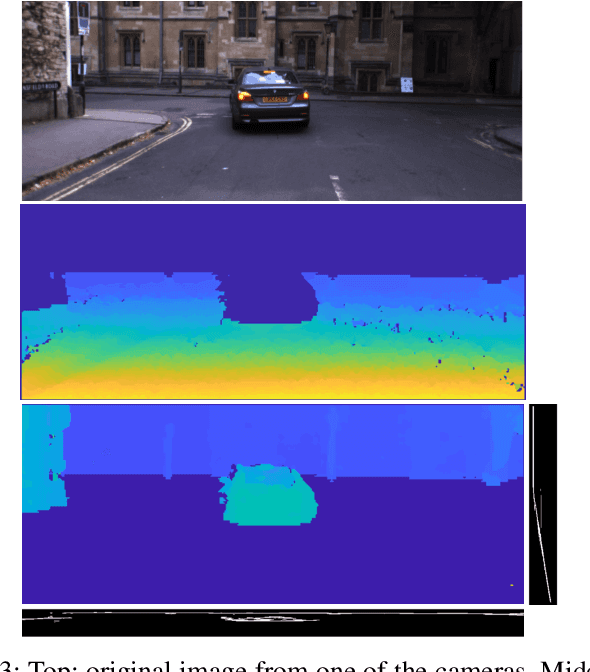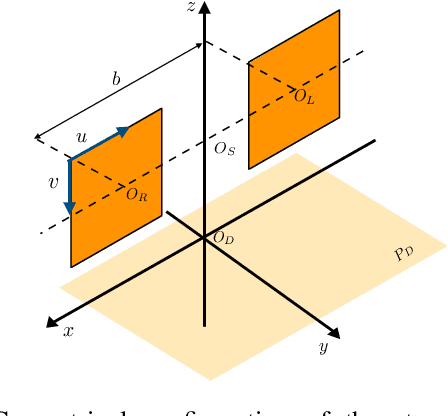Arnaud de la Fortelle
Fusing Laser Scanner and Stereo Camera in Evidential Grid Maps
Feb 22, 2019



Abstract:Automation driving techniques have seen tremendous progresses these last years, particularly due to a better perception of the environment. In order to provide safe yet not too conservative driving in complex urban environment, data fusion should not only consider redundant sensing to characterize the surrounding obstacles, but also be able to describe the uncertainties and errors beyond presence/absence (be it binary or probabilistic). This paper introduces an enriched representation of the world, more precisely of the potential existence of obstacles through an evidential grid map. A method to create this representation from 2 very different sensors, laser scanner and stereo camera, is presented along with algorithms for data fusion and temporal updates. This work allows a better handling of the dynamic aspects of the urban environment and a proper management of errors in order to create a more reliable map. We use the evidential framework based on the Dempster-Shafer theory to model the environment perception by the sensors. A new combination operator is proposed to merge the different sensor grids considering their distinct uncertainties. In addition, we introduce a new long-life layer with high level states that allows the maintenance of a global map of the entire vehicle's trajectory and distinguish between static and dynamic obstacles. Results on a real road dataset show that the environment mapping data can be improved by adding relevant information that could be missed without the proposed approach.
Finite-Time Stabilization of Longitudinal Control for Autonomous Vehicles via a Model-Free Approach
Apr 05, 2017



Abstract:This communication presents a longitudinal model-free control approach for computing the wheel torque command to be applied on a vehicle. This setting enables us to overcome the problem of unknown vehicle parameters for generating a suitable control law. An important parameter in this control setting is made time-varying for ensuring finite-time stability. Several convincing computer simulations are displayed and discussed. Overshoots become therefore smaller. The driving comfort is increased and the robustness to time-delays is improved.
 Add to Chrome
Add to Chrome Add to Firefox
Add to Firefox Add to Edge
Add to Edge